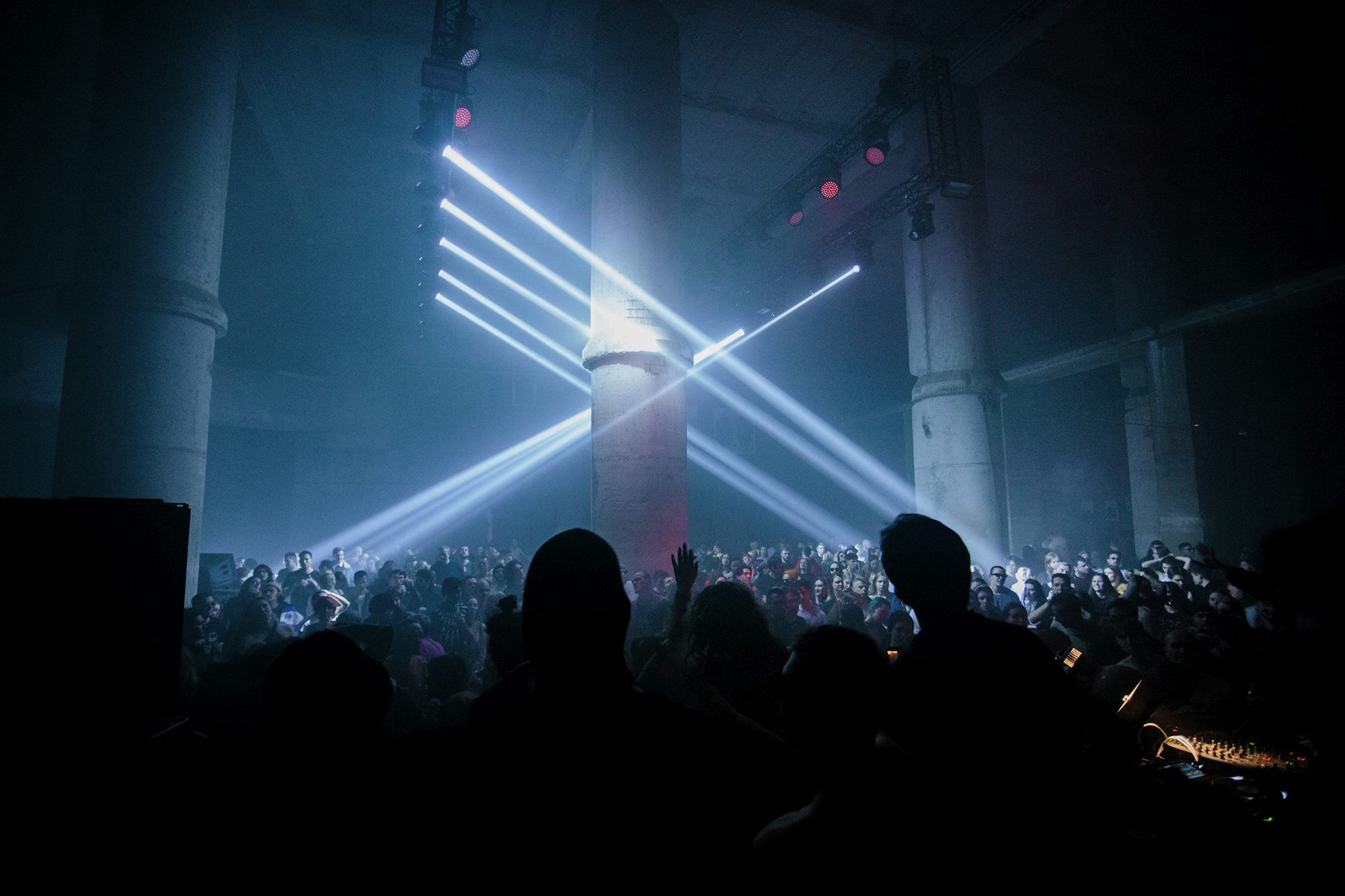Music has been an integral part of human culture for centuries, serving as a medium for expression, communication, and connection. As societies have evolved, so too have their musical styles, giving rise to a rich tapestry of genres that reflect the complexities of human experience. This article delves into the evolution of music genres, tracing their origins, transformations, and the cultural influences that shaped them.
One of the earliest forms of music is folk music, which emerged from the communal experiences of various cultures. It often reflects the daily lives, traditions, and struggles of the people. From the haunting melodies of Celtic folk songs to the rhythmic patterns of African tribal music, folk music serves as a storytelling medium, passing down histories and values through generations. As communities began to urbanize and industrialize, folk music started to blend with other influences, paving the way for new genres.
The classical music tradition, which began in Europe during the Middle Ages, marked a significant turning point in the development of music. It was characterized by structured compositions and complex arrangements, often performed in formal settings. Key figures such as Johann Sebastian Bach, Ludwig van Beethoven, and Wolfgang Amadeus Mozart pushed the boundaries of musical expression, laying the groundwork for future genres. The evolution of classical music also saw the rise of opera, which combined music, theater, and storytelling into a powerful art form.
As the 19th century unfolded, the invention of new instruments and advancements in technology began to reshape the musical landscape. The piano, for instance, became a staple in households, allowing individuals to create and perform music in their homes. This democratization of music laid the foundation for genres such as jazz and blues, which emerged from African American communities in the early 20th century. Jazz, with its improvisational nature and rich harmonic structure, drew from African musical traditions and European influences, creating a unique fusion that captivated audiences.
Blues music, rooted in the struggles and experiences of African Americans in the South, provided a powerful voice for expressing pain and resilience. Its influence can be heard in the development of rock and roll, a genre that exploded in popularity during the 1950s. Icons like Elvis Presley, Chuck Berry, and Little Richard brought a new energy to music, blending rhythm and blues with country and gospel influences. Rock and roll not only transformed the music industry but also played a crucial role in shaping youth culture and social movements of the time.
The 1960s ushered in a wave of musical innovation, with the rise of psychedelic rock, folk rock, and the emergence of the singer-songwriter movement. Artists like Bob Dylan and Jimi Hendrix pushed boundaries, blending genres and exploring deeper lyrical themes. The counterculture movement of the time, fueled by social change and political unrest, found its voice through music, culminating in iconic festivals like Woodstock. This era highlighted the power of music as a catalyst for change and self-expression.
In the 1970s, disco and punk emerged as contrasting responses to the musical landscape. Disco brought dance music to the forefront, characterized by its upbeat rhythms and catchy melodies, while punk music rejected mainstream conventions, embracing a raw, stripped-down sound. Bands like The Ramones and The Sex Pistols challenged the status quo, emphasizing simplicity and attitude. The clash of these genres reflected the diverse cultural influences at play, showcasing the dynamic nature of music.
The 1980s and 1990s saw the rise of new wave, hip-hop, and grunge, each genre leaving an indelible mark on the music scene. New wave incorporated electronic elements and a more polished sound, while hip-hop emerged as a powerful form of expression for marginalized communities. Pioneers like Grandmaster Flash and Run-D.M.C. revolutionized music with their innovative use of rhythm, sampling, and storytelling. Meanwhile, grunge, with bands like Nirvana and Pearl Jam, brought an introspective and gritty aesthetic to the forefront, challenging the excesses of the previous decade.
As we moved into the 21st century, the music industry underwent significant changes with the advent of the digital age. The internet transformed how music is distributed and consumed, leading to the rise of genres like electronic dance music (EDM) and indie pop. Artists began to leverage social media platforms to connect with fans, share their work, and promote their music globally. This democratization of music has allowed for greater diversity in genres, with emerging artists blending styles in innovative ways.
The fusion of genres has become a hallmark of contemporary music. Today, it’s not uncommon to hear elements of pop, rock, hip-hop, and electronic music all within a single track. Artists like Billie Eilish and Lil Nas X exemplify this trend, pushing boundaries and defying traditional genre classifications. The global music landscape is richer than ever, reflecting a multitude of cultural influences and personal stories.
In conclusion, the evolution of music genres is a testament to humanity’s creativity and resilience. From the folk traditions that capture communal experiences to the innovative fusions of today, each genre tells a unique story shaped by cultural, social, and technological influences. As we continue to explore and celebrate this rich musical heritage, we recognize the power of music to unite, inspire, and transcend boundaries, creating connections across time and space.


